City Killer Asteroid Coming Within View Of Earth
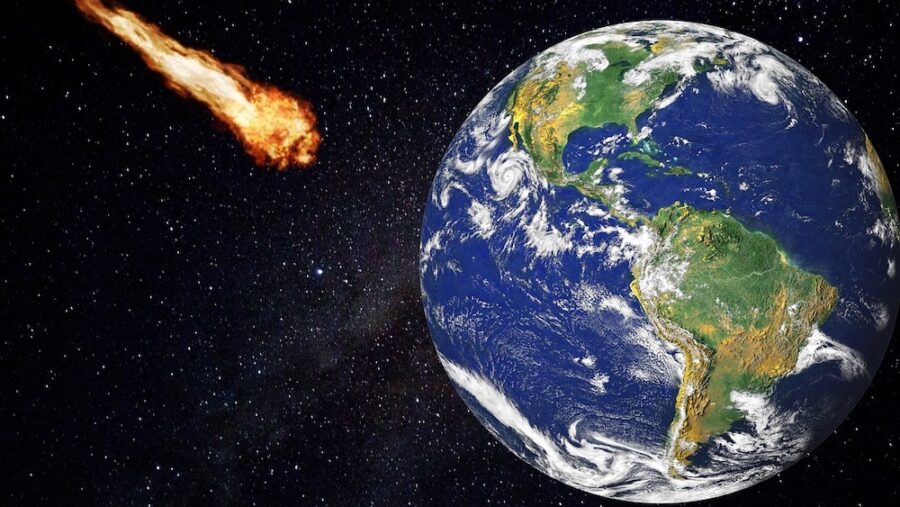
NASA’s Jet Propulsion Laboratory has detected a colossal “city killer” asteroid hurtling towards Earth. This massive space rock, known as Asteroid 2008 OS7, is set to make its closest approach to our planet on February 6, coming within a distance of 1.77 million miles. That is roughly 7.4 times farther away than the Moon.
Size Of A Football Stadium
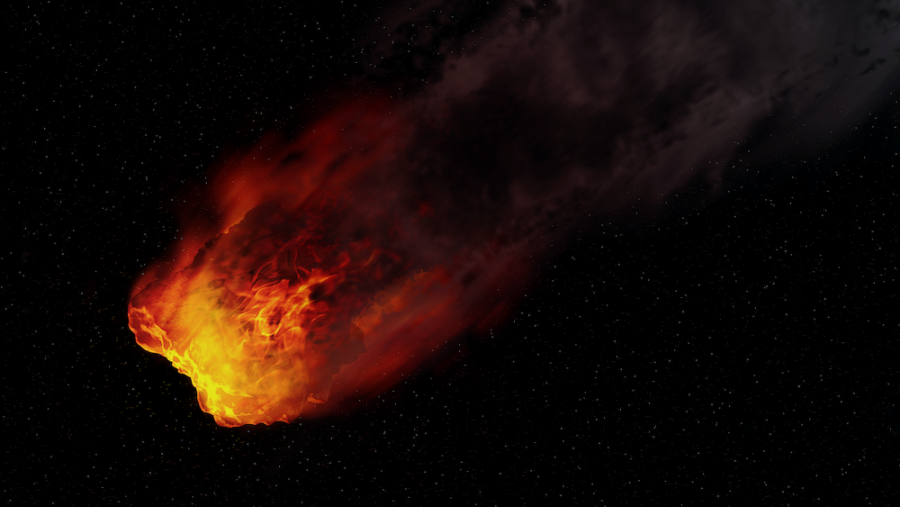
The ” city killer ” asteroid measures approximately 890 feet, or the size of a U.S. football stadium. As it travels through space, it is expected to reach speeds of about 41,000 mph.
Its colossal proportions have earned it the terrifying “city killer” moniker among experts due to its ability to destroy an entire city if it collided with an inhabited area on Earth.
Asteroid 2008 OS7
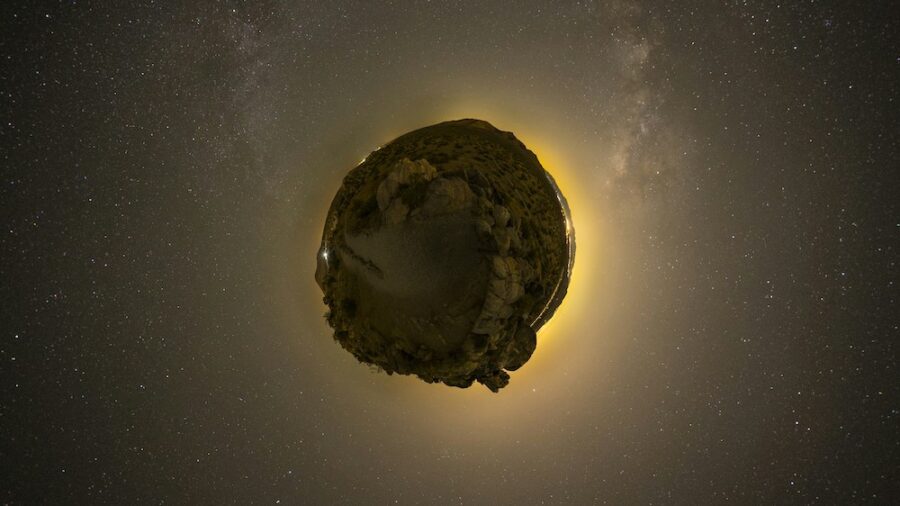
Despite its classification as a “city killer,” Asteroid 2008 OS7 will be too small and distant to be seen with the naked eye.
However, for those keen on observing this cosmic spectacle, astrophysicist Gianluca Masi and his colleagues at the Virtual Telescope Project (VTP) are set to provide a live stream of the event. The live stream, scheduled to start at 1 p.m. ET, will be available on YouTube.
Peculiar Shape
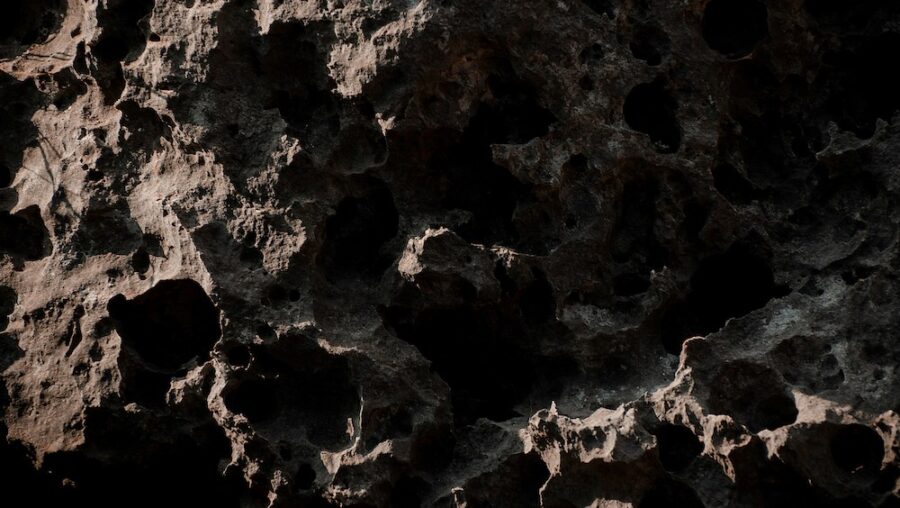
The stream promises to be a 45-minute visual journey as the “city killer” asteroid appears as a tiny dot against the backdrop of stars.
Asteroid 2008 OS7 follows an elliptical orbit around the sun, completing its journey every 962 days. After its close encounter with Earth, it will continue its voyage along an oval-shaped path through our solar system.
The peculiar shape of its orbit means that each time the “city killer” asteroid approaches Earth, the distance from our planet varies significantly.
Potentially Hazardous?
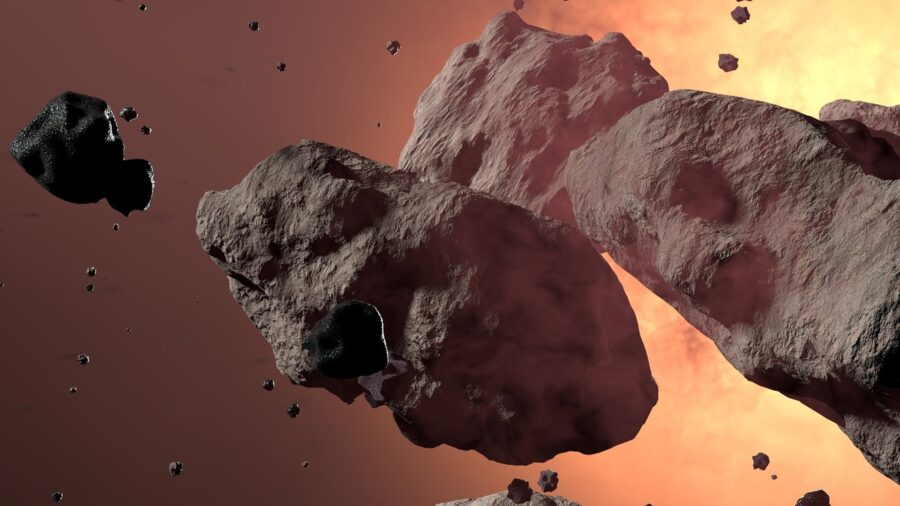
For instance, the next close approach is estimated to be in July 2037, at a distance of about 9.7 million miles. Despite its distance, Asteroid 2008 OS7’s “potentially hazardous” classification, size, and proximity to Earth raise some concerns.
For an asteroid to be considered potentially hazardous, it must be at least 460 feet in diameter and orbit Earth within a distance of about 4.65 million miles.
With more than 34,000 near-Earth objects identified, just over 2,300 have been labeled as potentially hazardous. However, NASA believes that more “city killer” asteroids are yet to be discovered.
NASA Working On Solutions
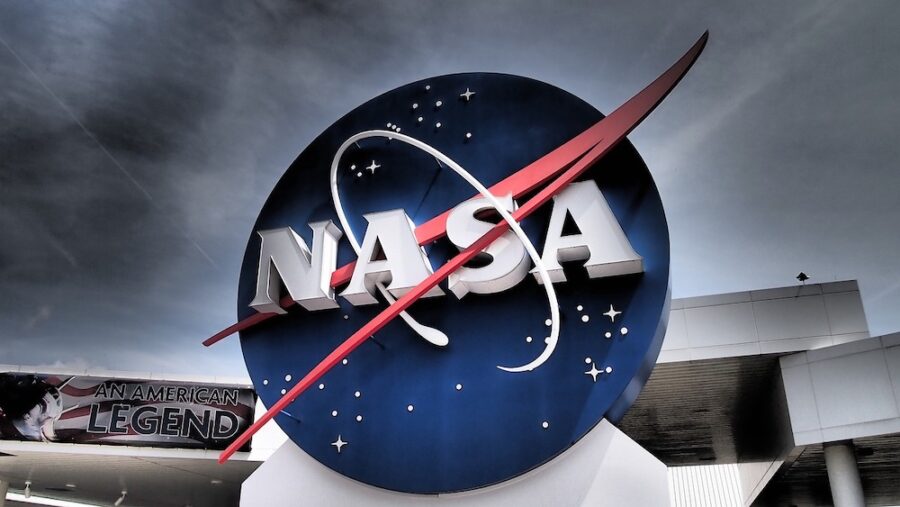
In response to the potential threats posed by near-Earth objects like the “city killer” asteroid, NASA’s Jet Propulsion Laboratory is actively working on the Near-Earth Object Surveyor mission, slated to launch in September 2027.
This mission aims to enhance NASA’s surveillance capabilities by deploying an infrared space telescope into Earth’s orbit, expanding the search for objects that threaten our planet.
Protecting Earth

Its primary mission is to identify and characterize the majority of potentially “city killer” asteroids and comets that approach within 30 million miles of Earth’s orbit.
The Near-Earth Object Surveyor is equipped with a singular, 20-inch diameter telescope that operates in two distinct heat-sensing infrared wavelengths, allowing it to detect bright and dark asteroids.
Following its launch, NEO Surveyor will embark on a comprehensive five-year baseline survey to identify at least two-thirds of “city killer” asteroids larger than 460 feet.
Using two heat-sensitive infrared imaging channels, the NEO Surveyor will not only determine the sizes of celestials accurately but also gather essential data regarding their composition, shapes, rotational states, and orbits.












